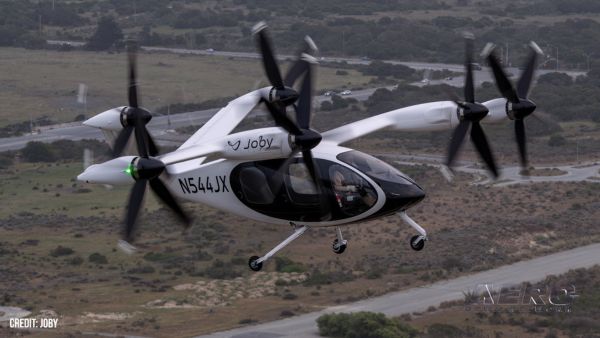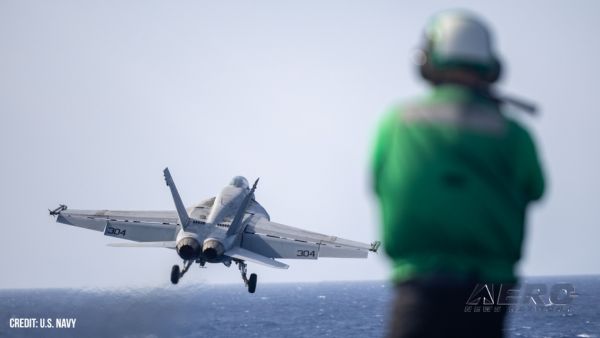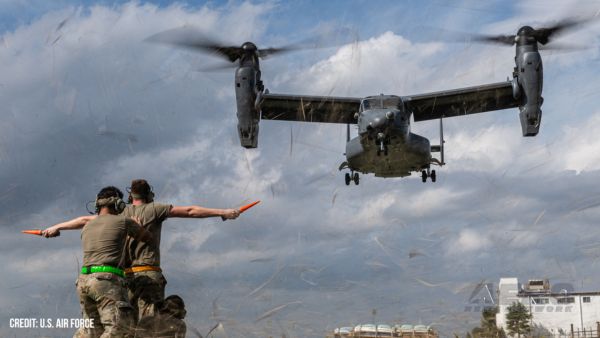Tue, Jan 02, 2024
Pilot’s Failure To Activate The Pitot Heat In A Timely Manner During Flight Into Icing Conditions
Location: Springfield, Kentucky Accident Number: WPR23LA236
Date & Time: March 24, 2023, 13:32 Local Registration: N146MS
Aircraft: Piper PA-46-310P Aircraft Damage: Substantial
Defining Event: Loss of control in flight Injuries: 4 None
Flight Conducted Under: Part 91: General aviation - Business

Analysis: The pilot reported that light rain and trace clear air icing were forecast along his intended route of flight, and he encountered those conditions during climb out. As the airplane was climbing through 14,000 ft mean sea level (msl) in instrument meteorological conditions, he noticed the airspeed had decreased 10-15 knots. He checked the wings for ice and did not notice any accumulation but activated the pitot heat at that time as a precaution. After the pitot heat was activated the Primary Flight Display (PFD) and Multi-Function Display (MFD) displayed a red X and went black. Subsequently, the autopilot commanded the airplane to descend. The pilot reported that he was unable to read his standby instruments due to the violent shaking of the airplane during the descent. As the airplane emerged into VMC conditions, the airplane was in an unusual attitude. He disconnected the autopilot and was able to recover the airplane to a level attitude. At this time, the PFD and MFD
operation returned. An air traffic controller reported to the pilot that he had lost about 5,000 ft in altitude and airspeed had increased over 200 kts. The pilot responded that his avionics were working again, and that the aircraft was operating normally. He continued with the flight and landed without further incident.
Substantial damage was discovered to both wings following the flight. The airplane’s “Before Takeoff checklist” calls for the pitot heat to be activated for flight into icing conditions when visible moisture below +5° C, is anticipated or encountered. A Federal Aviation Administration inspector examined the airplane after the event and verified the pitot heat was operational. The circumstances of the accident are consistent with the pilot failing to activate the pitot heat in a timely manner, which allowed ice to accumulate on the pitot static system. The PFD, MFD, and autopilot subsequently malfunctioned and the pilot lost control of the airplane.
Probable Cause and Findings: The National Transportation Safety Board determines the probable cause(s) of this accident to be -- The pilot’s failure to activate the pitot heat in a timely manner during flight into icing conditions, which resulted in a temporary failure of the flight instruments and a subsequent loss of control.
More News
Aero Linx: Aviators Code Initiative (ACI) Innovative tools advancing aviation safety and offering a vision of excellence for aviators. The ACI materials are for use by aviation pra>[...]
Make Sure You NEVER Miss A New Story From Aero-News Network Do you ever feel like you never see posts from a certain person or page on Facebook or Instagram? Here’s how you c>[...]
From 2016 (YouTube Edition): Who You Gonna Call When You Have a Rocket Engine that Needs a Spacecraft? While at EAA AirVenture 2016, ANN CEO and Editor-In-Chief, Jim Campbell, sat >[...]
"In my opinion, if this isn't an excessive fine, I don't know what is... The odds are good that we're gonna be seeking review in the United States Supreme Court. So we gotta muster>[...]
Expedite Used by ATC when prompt compliance is required to avoid the development of an imminent situation. Expedite climb/descent normally indicates to a pilot that the approximate>[...]
 ANN's Daily Aero-Linx (04.30.25)
ANN's Daily Aero-Linx (04.30.25) ANN FAQ: Turn On Post Notifications
ANN FAQ: Turn On Post Notifications Classic Aero-TV: Agile Aeros Jeff Greason--Disruptive Aerospace Innovations
Classic Aero-TV: Agile Aeros Jeff Greason--Disruptive Aerospace Innovations Aero-News: Quote of the Day (04.30.25)
Aero-News: Quote of the Day (04.30.25) ANN's Daily Aero-Term (04.30.25): Expedite
ANN's Daily Aero-Term (04.30.25): Expedite



